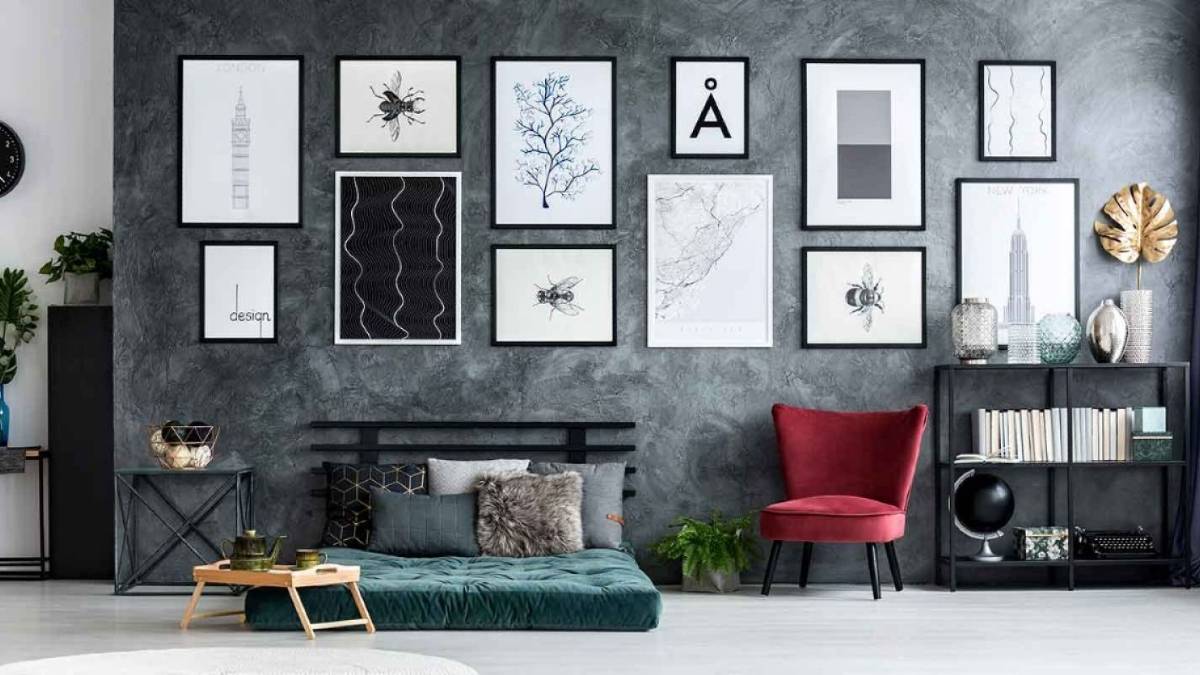Discover easy, effective ways Victorian households can cut electricity costs, from installing LED lights and better appliance settings, to solar panels and insulation upgrades.
5 tips for creating your own gallery wall at home

Turn your bland space into a work of art with our list of tips and tricks to creating your own gallery wall.
Gone are the days of picture-perfect portraits hanging side by side neatly on your wall. These days, your home is a form of expression, and what better way to show your love of art, photographs and prints than on your very own gallery wall? Putting up your art in a defined space with a multitude of colours, sizes, shapes and prints is a great way to give a focal point to your space while showcasing your interests and passions.
That said, there are still some style rules you should follow to ensure your wall of crazy prints don’t fight for attention and end up looking messier than a toddler’s playroom. While curating may feel daunting at first, follow our guide for how to make your crazy gallery wall a creative success – no previous artistic prowess required.
How to make your own gallery wall

You can look to unite your gallery wall through common themes like frames, art type or colour. Image: Getty

Ensuring your frames are the same width apart assures coherency and makes your works of different art come together. Image: Getty


